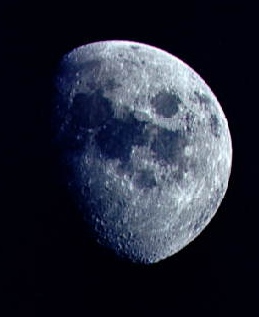Maria Winkelmann Kirch
Maria Winkelmann Kirch was a German astronomer who lived between 1670-1720. She
discovered the comet of 1702.
Maria worked with her husband, Gottfried Kirch in making calendars and
tables showing positions of the planets, Sun, and Moon.
You might also be interested in:

How did life evolve on Earth? The answer to this question can help us understand our past and prepare for our future. Although evolution provides credible and reliable answers, polls show that many people turn away from science, seeking other explanations with which they are more comfortable.
...more
Not too long ago, many people thought that comets were a sign that something terrible was about to happen. People didn't understand about how objects in the sky moved, so the sight of a comet must have
...more
The Earth may only have one Moon, but it's a big one! The Earth's Moon is the fifth largest in the whole solar system. But it is still smaller than the Earth, so objects weigh less on the Moon than they
...more
Charles Darwin was an English Naturalist who lived between 1809-1882. One of the most famous and influential scientists of all time, his ideas changed the ways all other scientists thought. Darwin started
...more
Christian Doppler was an Austrian mathematician who lived between 1803-1853. He is known for a principle he proposed in 1842. This is now known as the Doppler Effect. He thought that the pitch of a sound
...more
Ben Franklin was an American scientist and statesman who lived between 1706-1790. He studied electricity and learned of its dangers and possible uses. Franklin developed many inventions that made people's
...more
Edmond Halley was an English astronomer who lived between 1656-1742. He reasoned that the same comet which he saw in 1682 had appeared before and predicted that it would appear again, about every 76 years.
...more
William Herschel was born in Germany. He moved to England and worked there most of his life. He lived between 1738-1822. He built powerful telescopes which let him observe the heavens with greater detail.
...more














